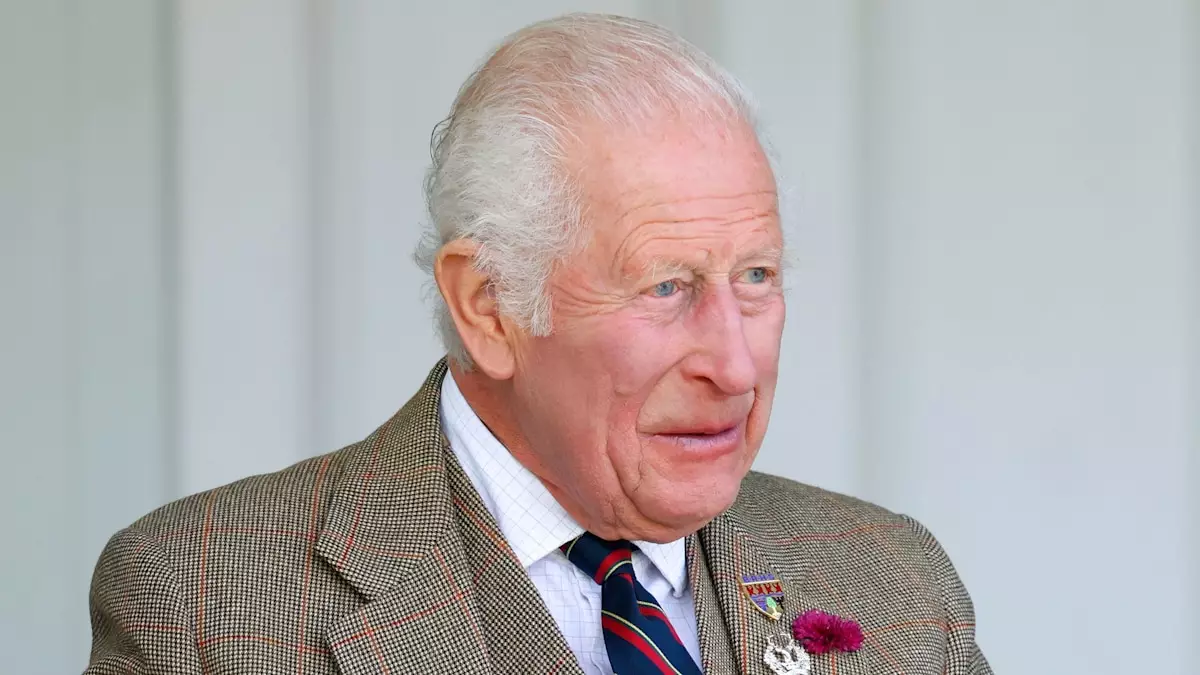As spring approaches, excitement builds among royal enthusiasts with the anticipated reopening of Sandringham House, one of King Charles III’s esteemed residences in Norfolk. Set against a picturesque backdrop, this royal estate embodies a rich tapestry of British history, tradition, and family legacy. The opening of the estate on April 5 offers a unique opportunity for the public to step beyond the ornate doors and immerse themselves in the grandeur of the past. Sandringham is not merely a house; it is a living museum, a treasure trove of art and memories waiting to be discovered by curious visitors.
A Window into the Edwardian Era
Upon entering Sandringham House, guests will encounter eight meticulously preserved ground-floor rooms that echo the elegance of the Edwardian era. The interiors, largely untouched since they were last redesigned, feature an exquisite collection of Meissen porcelain, semi-precious stones, and Minton china that tell the story of an opulent lifestyle. Each piece within the collection is imbued with a sense of history and grandeur, enhancing the visitor experience with its silent whispers of the past. The meticulously curated decor, along with soft furnishings and family portraits adorning the walls, creates an intimate atmosphere that invites contemplation about the lives of those who have called Sandringham home for over a century and a half.
A Beloved Family Retreat
Sandringham House has served as a cherished sanctuary for five generations of British monarchs. It is known as the setting for joyful family gatherings and festive celebrations, particularly the royal family’s Christmas traditions, which continue to resonate with the public today. The estate, with its sprawling 60-acre gardens, provides a serene escape from the rigors of public life. Charles, as the current monarch, upholds this legacy, maintaining the estate not just as a residence but as a symbol of continuity and familial bonds amidst the shifting tides of modernity.
Connections to Historical Events
Throughout its storied past, Sandringham House has been a witness to significant moments in British history. Notably, it was here that King George VI passed away, a poignant reminder of the house’s role as a personal refuge during times of sorrow. This deep emotional resonance enhances the weight of the estate’s significance, inviting visitors to reflect on its impact on the royal family and the nation as a whole. It serves as a palpable connection between the past and present, enriching our understanding of British monarchy history.
Charting New Traditions
Despite the heavy historical associations, Sandringham is also a place where new chapters are being written. Notably, the estate’s proximity to Anmer Hall, gifted to Prince William and Kate Middleton by the late Queen, fosters a sense of continuity between past and present royal family experiences. The couple often retreats to this charming abode, a testament to the adaptability of royal traditions to modern family life. This blending of old and new highlights the royal family’s unerring commitment to promoting familial ties while embracing the realities of contemporary society.
The Monarch’s Resilience
King Charles III, following his recent health concerns, demonstrates remarkable resilience—balancing royal duties and public engagements with personal challenges. His upcoming engagements, including a celebration of Mission Aviation Fellowship’s 80th anniversary and recognition of community music efforts, reveal a monarch intent on integrating philanthropy into his reign. The involvement of the King in such initiatives signals a shift towards a more relatable and engaged monarchy, eager to support grassroots efforts across the UK.
The public’s warm anticipation of Sandringham House’s reopening encapsulates a collective desire to reconnect with the royal family. By opening its doors, the estate extends an invitation not just to observe history but to participate in it, fostering a personal connection to the storied past of the British monarchy. This is a crucial step in bridging the gap between the royal family and the people they serve, ensuring that the monarchy remains relevant and cherished in contemporary society.

